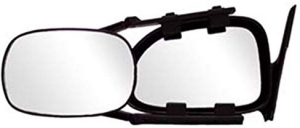-
Welcome to Tacoma World!
You are currently viewing as a guest! To get full-access, you need to register for a FREE account.
As a registered member, you’ll be able to:- Participate in all Tacoma discussion topics
- Communicate privately with other Tacoma owners from around the world
- Post your own photos in our Members Gallery
- Access all special features of the site
Tire pressure for hwy driving
Discussion in '3rd Gen. Tacomas (2016-2023)' started by TacoBlanco4x4, Jun 11, 2019.
Page 1 of 2
Page 1 of 2


 TPMS Diagnostic & Service Tools
TPMS Diagnostic & Service Tools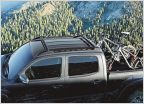 3rd gen DOUBLE CAB FACTORY ROOF RACK
3rd gen DOUBLE CAB FACTORY ROOF RACK Thoughts on brake maintenance?
Thoughts on brake maintenance?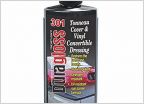 Factory tonneau care..few questions..
Factory tonneau care..few questions..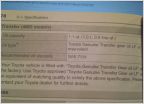 GL5 in transfer case ok?
GL5 in transfer case ok?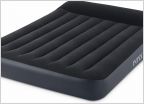 Mattress for bed?
Mattress for bed?





















